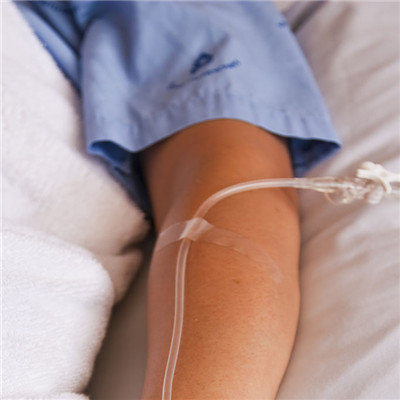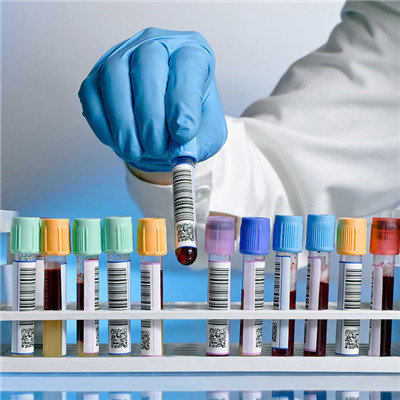Nodular polyarteritis symptoms?
summary
Nodular polyarteritis is a kind of necrotizing vasculitis involving the whole layer of middle and small arteries. It may have renal arteriolar vasculitis, but not glomerulonephritis, and vasculitis of arterioles, capillaries and venules. According to the location of the involved artery, the clinical manifestations were various, with kidney, heart, nerve and skin involvement being the most common. The disease should avoid drug abuse, drug allergy and infection. Nodular polyarteritis symptoms? Let's talk about it
Nodular polyarteritis symptoms?
1. The most common renal lesions are proteinuria and hematuria, and a few of them show nephrotic syndrome. However, the renal damage of the disease is vasculitis of renal arteriole rather than glomerulonephritis. The causes of proteinuria and hematuria are ischemia or infarction of renal arteriole. Severe renal colic and massive hematuria may occur when the aneurysm is ruptured or due to infarction. Hypertension is common, sometimes the only clinical manifestation. Hypertension aggravates kidney damage, and uremia is one of the main causes of death.

2. The manifestations of digestive system involvement vary with different lesion sites, abdominal pain is the most common, vomiting, bloody stool and so on. If it is a small aneurysm rupture, it can cause gastrointestinal or abdominal bleeding, showing severe abdominal pain, signs of peritonitis, liver involvement, jaundice, epigastric pain, elevated transaminase, and chronic active hepatitis with hepatitis B virus infection. When the gallbladder and pancreas are involved, it can show the symptoms of acute cholecystitis and acute pancreatitis.

3. Cardiovascular system is often involved. In addition to renal hypertension which can affect the heart, angina pectoris is mainly caused by coronary arteritis. In severe cases, myocardial infarction, heart failure and various arrhythmias can occur. Supraventricular tachycardia is common. Heart failure is also one of the main causes of death.

matters needing attention
Polyarteritis nodosa is a connective tissue disease with multiple organs and systems and unknown causes. Its clinical manifestations are various. It is characterized by skin nodules, arranged along the superficial arteries or irregularly gathered near the blood vessels, with pain and tenderness, rose red, bright red or near normal skin color. In severe cases, it can cause death or disability. Therefore, patients with the above symptoms and signs must be hospitalized in hospitals with better conditions to make a definite diagnosis, give systematic treatment, and insist on taking medicine and regular follow-up according to the doctor's advice. At the same time, do not abuse drugs to prevent drug and food allergy and infection, especially hepatitis B virus infection.













